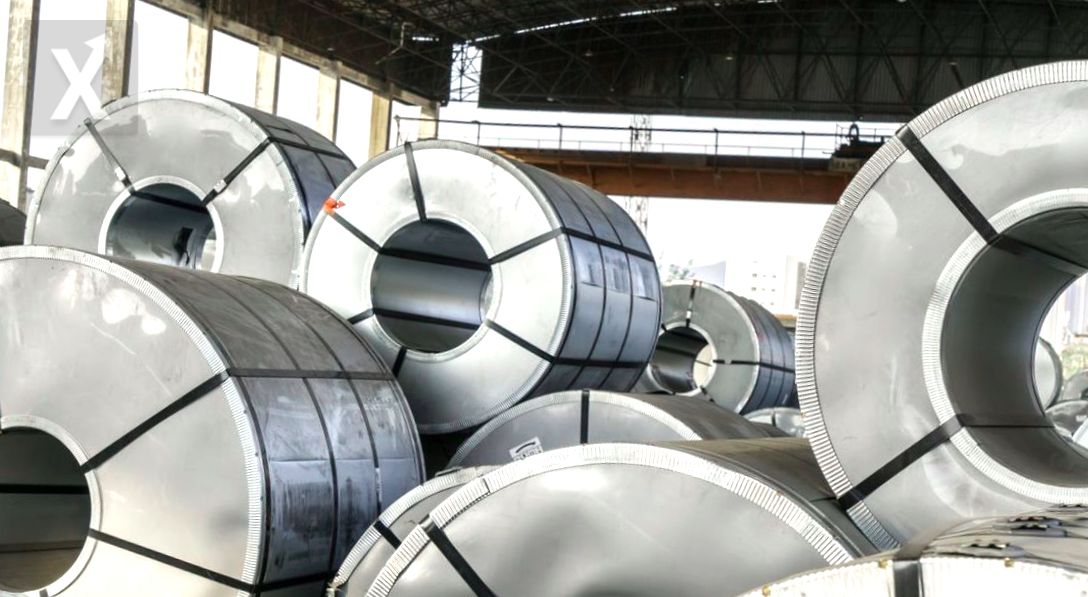Downward Outlook for Global Steel Demand in 2024

(LONDON) - Global steel demand is expected to decline in 2024, marking the third consecutive year of such a trend, as both production and economic growth remain stagnant, the World Steel Association reported on Monday while adjusting its projections. In April, the organization had forecasted a 1.7% increase in global steel demand for 2024, but its latest assessment now anticipates a decrease of 0.9%, reaching 1.75 billion metric tons.
"The year 2024 will be challenging for global steel demand, as the manufacturing sector continues to face persistent challenges," said Martin Theuringer, CEO of the German Steel Association. "We have had to drastically cut our steel demand projections for next year across most major economies, including China," added Theuringer, who also chairs the economic committee of WorldSteel. WorldSteel, representing about 85% of global production, has postponed the recovery of its forecasts until next year, when it expects demand to rebound by 1.2%, reaching 1.77 billion tons, according to a statement. China, the largest producer and consumer of steel in the world, will continue to face weaknesses due to its troubled real estate sector, one of the main consumers of steel. Steel demand in China is expected to fall by 3% this year and another 1% in 2025. In contrast, India is expected to be the biggest contributor to steel demand growth, with increases of 8% in 2024 and 8.5% in the following year. Combined demand in the European Union and Great Britain will decline by 1.5% this year, but a rebound of 3.5% is anticipated in 2025, while consumption in the United States will decrease by 1.5% in 2024 and rise by 2% the following year.
It’s interesting to note how the global economic situation and specific factors like the real estate sector in China impact the steel industry, which is vital for various economies. With growing demand in India, there seems to be a shift in the center of gravity for steel consumption toward emerging markets, which could present new opportunities for investment and growth in those countries in the coming years.






